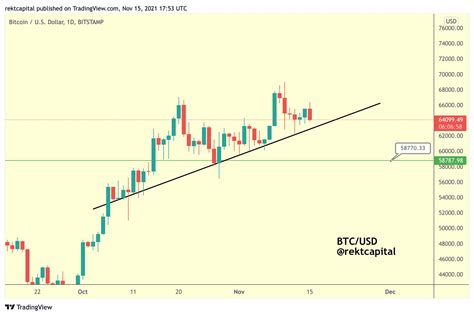3 min de lectura
Ethereum: Why does bitstamp have two addresses for Ripple?
CRYPTOCURRENCY
Bitstamp’s puzzle: comprising the two addresses for ripple removal
In recent weeks, Weexchange users exchange cryptocurrencies have been intrigued by a discrepancy in their accounts by removing funds from the Bitstamp platform to use for various purposes. Specifically, some users reported receiving money from a ripple address rather than the expected Ethereum address («from»). This anomaly caused curiosity and frustration among those who depend on this feature.
A closer look at Bitstamp’s account structure
To understand the reason behind this problem, it is essential to examine how Bitstamp manages user accounts. According to various reports from Weexchange users, the platform uses a centralized wallet system, where all transactions are stored in a single and unified account. This means that any funds deposited or withdrawn using an outer wallet (such as Bitstamp) are automatically allocated to the Bitstamp main account.
The ripping address
We can divide this into two distinct addresses:
1.
- «from»: rrpnnnlkrartueqfjgpqydwpj1afpg9vn1
Although this may seem a coincidence, the discrepancy arises from how Bitstamp deals with transactions related to external wallets.
The question: external wallets vs. Centralized Accounts
External wallets (such as those used by Weexchange) are not directly connected to the Bitstamp centralized account system. Instead, they operate independently, allowing users to manage their funds in these external wallets. When a user deposits or removes funds from an outer wallet using Bitstamp, the transaction is routed through the decentralized network.
On the other hand, when users deposit funds in a Centralized Bitstamp account (for example, «from»), the transaction goes directly to the main account. This means that all transactions related to the outer wallet are added to this single account, which can lead to inconsistencies with the expected address to withdrawal from another outer wallet (such as Weexchange).
Why is this a problem?

The discrepancy at addresses may seem smaller, but has potential problems by managing multiple wallets or accounts. For example:
* LACK OF TRANSPARENCY : Using a different address («to trust») for transactions related to ripple, users may not be aware that they are financing their own outdoor wallet with funds from another account.
* Account balance management
: Incorrectly allocated funds may lead to problems when trying to access or manage affected accounts.
Conclusion
In conclusion, the use of a centralized portfolio system and the aggregation of transactions related to external wallets create an inconsistency in the addresses. This anomaly highlights the need for users to be careful when managing multiple wallets and accounts. Always check the address associated with a transaction before starting it to avoid potential problems.
Remove
To maintain transparency and avoid errors, make sure you understand how your funds are being managed in each wallet and account.